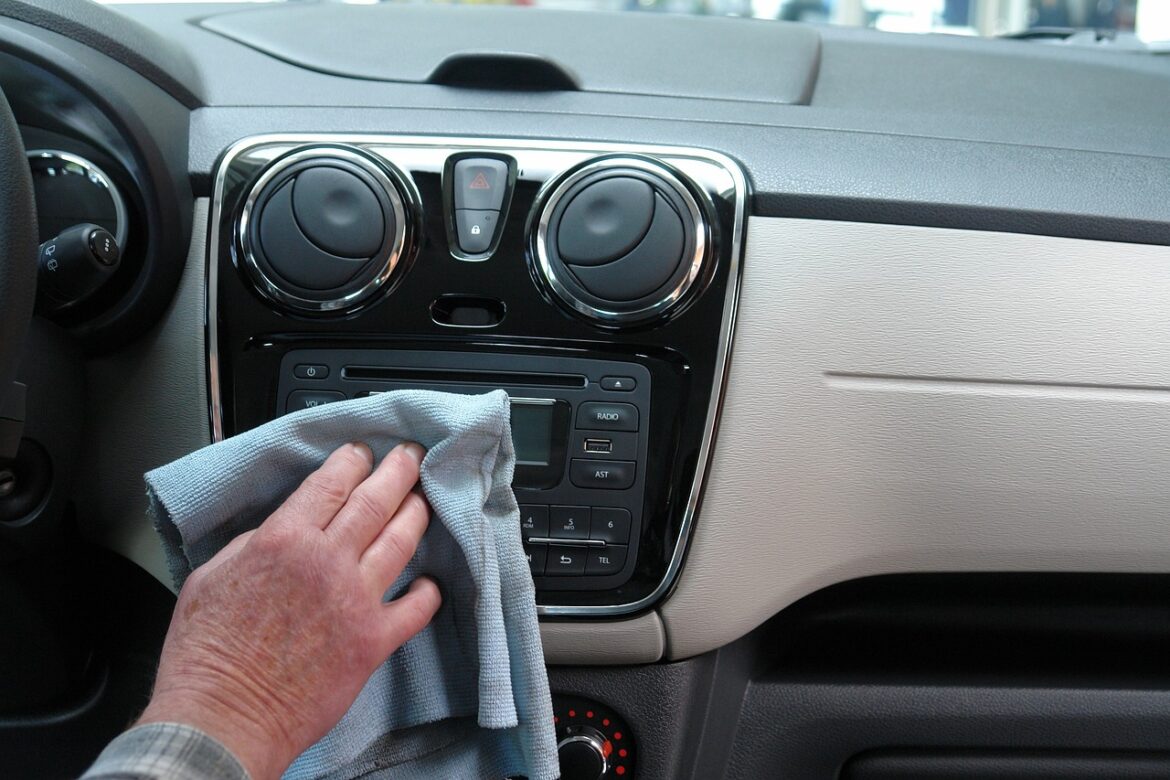The automotive industry is accelerating into the cloud era faster than ever before, reshaping how cars are made, driven, and experienced. In 2025, cloud services aren’t just a tech buzzword—they’re the engine powering innovations from smart connectivity to AI-driven vehicle management.
Here’s a look at the top cloud service trends steering the automotive sector right now, told through real-world breakthroughs and relatable examples.
1. AI-Powered Smarter Cars and Manufacturing Artificial intelligence (AI) combined with cloud computing is revolutionizing automotive manufacturing and the driving experience. Imagine your car not just reacting but anticipating your needs—like a co-pilot who knows traffic patterns and road hazards ahead. Google Cloud predicts five big AI trends for 2025 in autos and manufacturing, including multimodal AI that understands many data types, from voice commands to sensor readings. AI agents evolve beyond simple chatbots into complex assistants managing everything from assembly lines to driver support.
Carmakers are embedding predictive maintenance powered by AI in the cloud, so your car can alert you before a fault becomes serious. It’s like having a doctor for your car on call 24/7. This improves safety, reduces downtime, and enhances the customer experience.
2. The Internet of Things (IoT) Connects Your Ride Cars are no longer isolated machines—they’re smart devices in a vast network. IoT cloud platforms let vehicles communicate with each other, traffic lights, and even your home’s smart appliances.
Picture this: your car tells you to fill up before you run out of fuel, streams music through a cloud-based infotainment system powered by Google Maps and Apple CarPlay, and updates itself over the air. Google and Apple are teaming up with automakers to bring these connected experiences to life, making your vehicle a mobile entertainment and control hub.
This connectivity also enhances safety by enabling real-time data sharing. For example, if a car spots a hazard, it can instantly warn others nearby. It’s like a cloud-based neighborhood watch for roads.
3. Hybrid and Multi-Cloud Strategies for Resilience and Flexibility Automakers and suppliers are embracing hybrid and multi-cloud solutions to balance cost, performance, and control. Instead of putting all their digital eggs in one basket, they’re blending private and public cloud environments.
This means critical vehicle data, manufacturing insights, and customer information can flow seamlessly across platforms without downtime or vendor lock-in. Hybrid cloud strategies ensure that whether you’re working on complex vehicle control units or real-time analytics, everything runs smoothly even during spikes in demand.
Think of it as having multiple roads to your destination—if one gets blocked, you take another without breaking a sweat.
4. Real-Time Data and Event Processing Transform Vehicle Management Geely, one of the world’s big automotive players, uses a hybrid cloud platform with EMQX and AutoMQ to capture and process massive amounts of real-time vehicle data. This engine handles streaming telemetry from cars, integrates it with backend systems, and uses AI for predictive maintenance and personalized customer services.
The setup is like a traffic control center inside the cloud that instantly decodes vehicle health and user behavior, letting Geely fine-tune performance and scale their infrastructure automatically without manual intervention.
This cloud-powered intelligence foundation accelerates innovations in smart manufacturing and intelligent driving, supporting not just today’s connected cars but tomorrow’s fully autonomous ones.
5. Vehicle Control Units (VCUs): The Brain Behind Smart Vehicles While cloud services provide the digital backbone, vehicle control units orchestrate the physical systems within cars—like motor control, battery management, and braking.
The global VCU market is booming, especially fueled by electric vehicle growth and advanced driver assistance systems (ADAS). These units integrate multiple sensor inputs to make split-second driving decisions, crucial for safety features like adaptive cruise control or emergency braking.
Cloud connectivity enhances VCUs by enabling over-the-air updates, remote diagnostics, and synchronized vehicle management, making cars smarter and safer over time.
Why Should Everyday Drivers Care? If all this sounds like futuristic jargon, think about your next road trip or daily commute.
• Your car could pre-emptively fix issues, avoiding breakdowns. • Real-time traffic data in the cloud means smoother routes and less time wasted. • Voice assistants with cloud AI help you keep focus without fumbling with controls. • Entertainment and connectivity turn your drive into a seamless experience, just like scrolling through your phone.
Behind the scenes, automakers use cloud platforms to improve production quality and respond faster to market changes, helping bring better, safer, and more innovative cars your way.
The Road Ahead Cloud services in the auto world symbolically represent the new highway system of data and intelligence, connecting vehicles, manufacturers, and customers in a dynamic network.
With hybrid clouds providing flexible digital highways, AI and IoT powering smart interactions, and real-time data enabling proactive care, the future of driving is not only connected but intelligent and adaptive.
So next time you hear “cloud services” in an automotive context, picture an invisible yet powerful network supporting a safe, efficient, and entertaining drive every time you turn the key.
The journey into cloud-powered mobility is well underway—ready to hop in?
References:
- https://cloud.google.com/resources/content/wsj-ai-trends-manufacturing
- https://omdia.tech.informa.com/insights/2025/autotech-trends-and-outlook-2025
- https://www.zdnet.com/article/where-the-cloud-goes-from-here-8-trends-to-follow-and-what-it-could-all-cost/
- https://www.spglobal.com/automotive-insights/en/blogs/2025-light-vehicle-production-forecast
- https://www.contus.com/blog/iot-in-automotive-industry/
- https://www.emqx.com/en/blog/emqx-and-automq
- https://www.salesforce.com/blog/how-to-write-a-business-case/
- https://www.gminsights.com/industry-analysis/vehicle-control-unit-market



